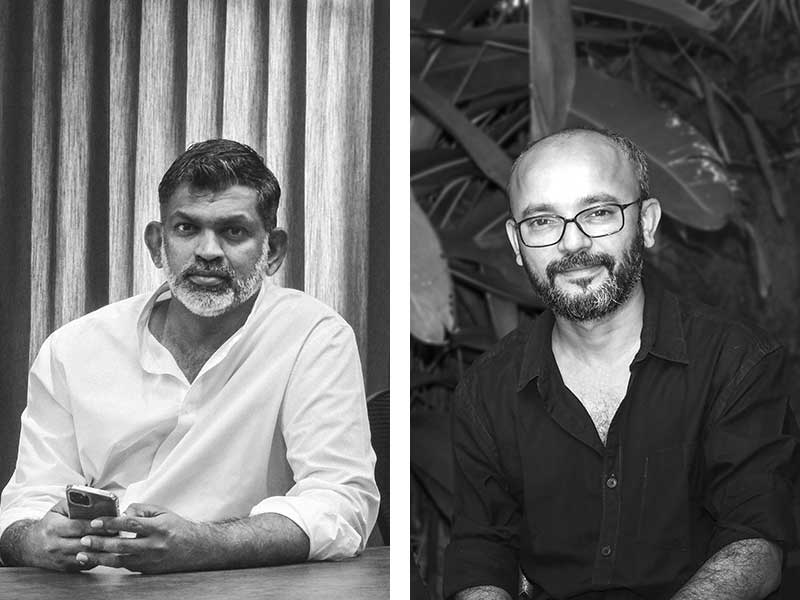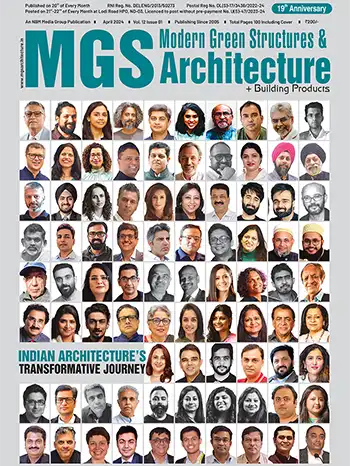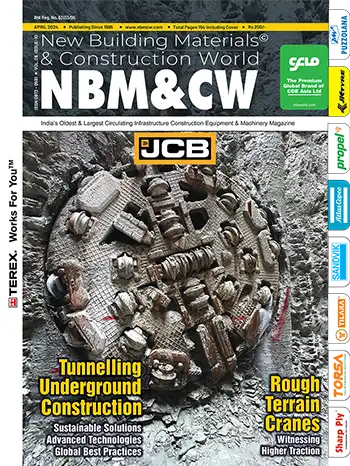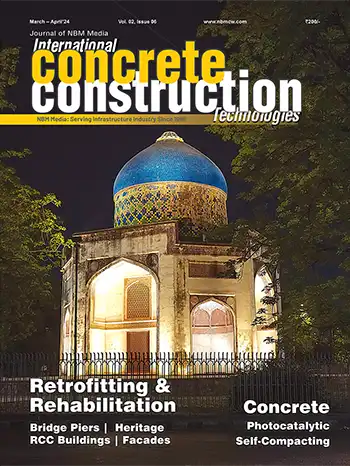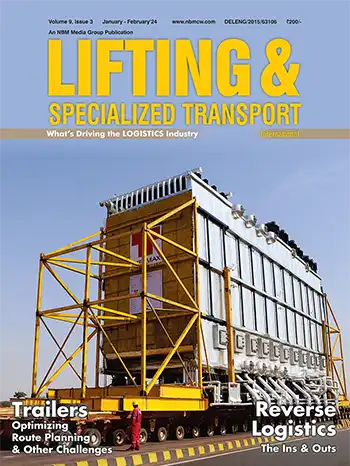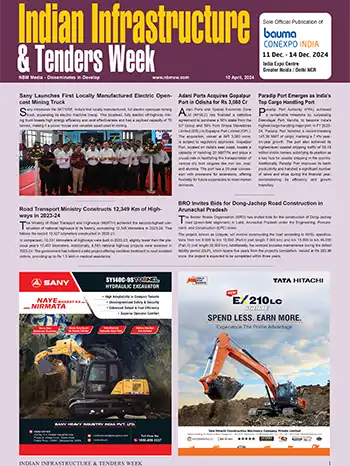Swaviman Das, Director-Design, Space Matrix
In today’s competitive business environment, success is not just reflected in the corporate balance-sheets or profit and loss statements. Adhering to the triple bottom line, often referred to as the three Ps – planet, people, and profit – is a true measure of success and resilience. Businesses need to take care of the environment, social well-being of their employees and propel a just economy to stay relevant and add value in a digital-driven world. A sustainable workplace is aimed at doing just that –it establishes the goal of balancing the planet, people, and profit to produce success and viability in the long-term. Closely linked is the concept of environmentally sustainable design.
Sustainable design principles
The basic objectives of sustainability are to reduce the consumption of non-renewable resources, minimize waste, and create healthy, productive environments. A sustainable office design philosophy is aimed at designing physical objects, the built environment, and services to comply with the principles of ecological sustainability and thereby improve the health and well-being of the occupants.
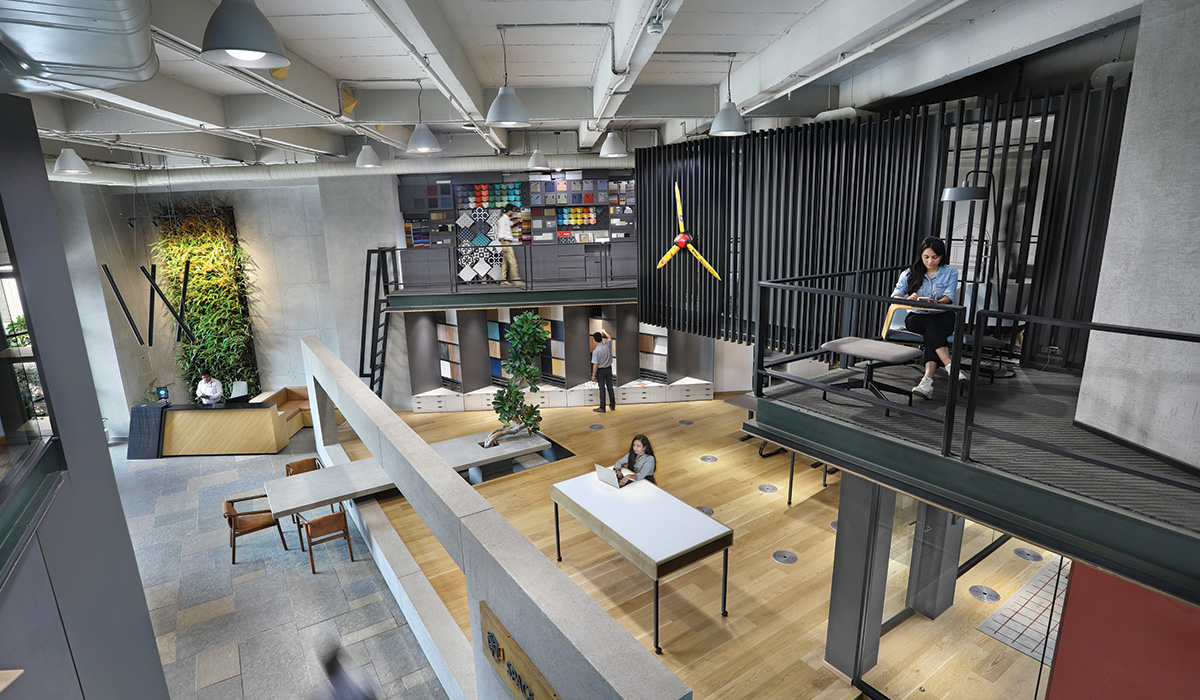
While the practical application varies among disciplines, some common principles of sustainable design are as follows.
- Choose non-toxic, sustainably produced, or recycled materials that require little energy to process
- Use manufacturing processes and produce products that require less energy
- Reduce consumption and waste of resources by increasing the durability of relationships between people and products through design
- Design for reuse and recycling
- Targeted durability, not immortality.
- Minimize material diversity in multi-component products to promote disassembly and value retention
A sustainable office design seeks to reduce negative impacts on the environment and promote the health and well-being of the workers, thereby improving their performance.
Swaviman Das
Equitable design
Equitable design aims at designing for groups that have been historically underrepresented and addresses diverse identities, taking into consideration gender, sexuality, race, ethnicity, nationality, and abilities. Such design should be useful and marketable to people with diverse abilities and should be based on principles of universal design. For example, a counter space or desk surface may be raised or lowered to accommodate users of varying height, or an individual who uses a wheelchair.
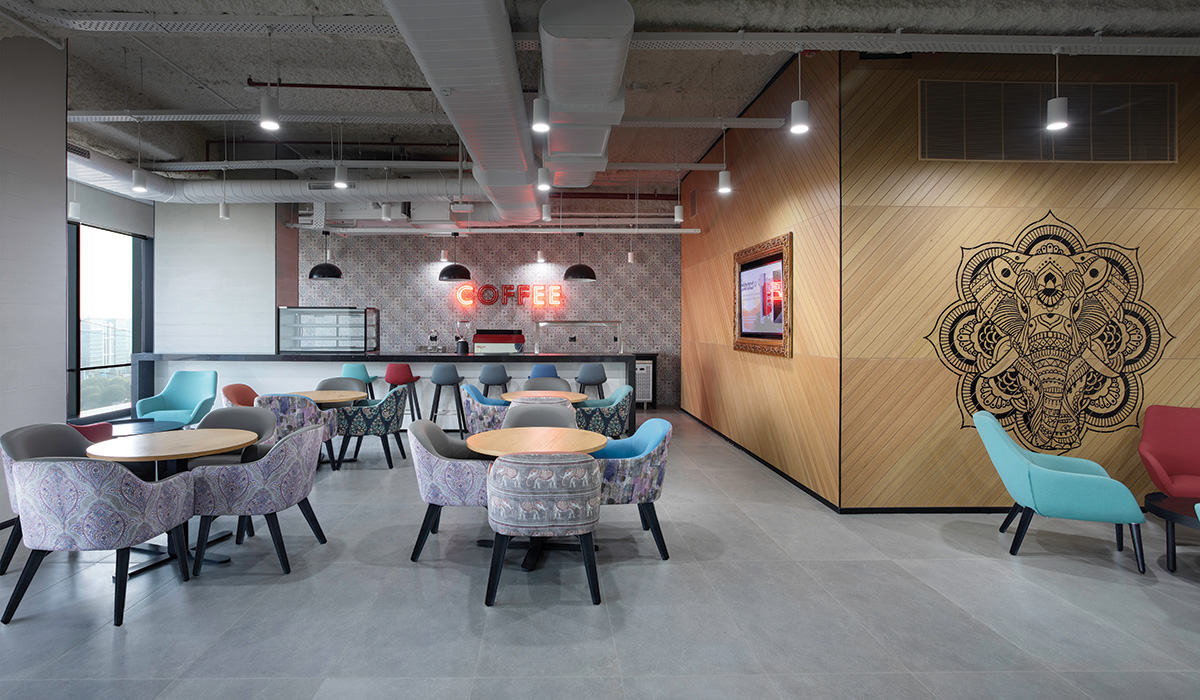
An inclusive workplace values individual differences in the workforce and makes everyone feel accepted. However, the culture must translate within the workplace design, not just in the workforce itself. Inclusive design can be promoted by undertaking all or some of the following steps.
- Open-plan offices help to boost collaboration, build relationships, and save on costs
- Storage units and other equipment with U-shaped handles, push latches, side-hinged doors and other elements that can be operated with a closed fist
- Versatile and flexible layout that encompasses private rooms and collaborative areas alongside breakout spaces
- Design ergonomically agile workspaces
- Create communal areas where employees can relax and be with each other
- Include plenty of natural light and biophilic elements to reduce stress levels
- Implement acoustic solutions where noise distraction could be an issue
- Consider implementing gender-neutral toilets
- Include ramps instead in addition to stairs
- Go in for smart technologies and apps that can help staff adjust lighting and heating as per their own personal preferences
- Textural and different coloured walls and surfaces for visually impaired
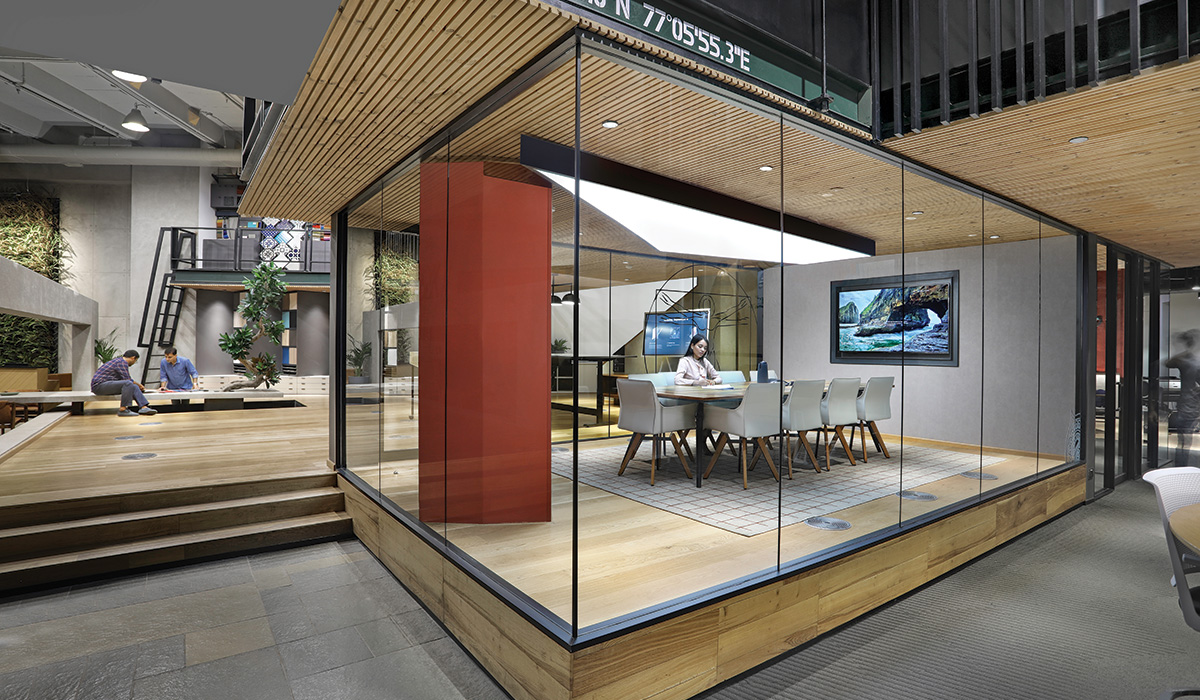
Ultimately, a sustainable workplace is an empowered workplace. Traditional offices of the past were usually of uniform environment in which staff was expected to just make the most of what was available to them. Today, there is a much wider acknowledgement of how diverse people are and how what might work for one employee might not for another. An empowered workspace can be built in the following ways:
- Create a range of different work settings: It may be a collaborative space to brainstorm with colleagues, a privacy setting for individual focus, or a social area where they can relax and rejuvenate.
- Create adaptable space division solutions which can be easily moved around to create micro neighbourhoods if necessary.
- Use modular furniture that can be reconfigured to cater to the needs and requirements of those using it.
- Have an agile work culture that promotes and encourages the freedom of activity-based work.








